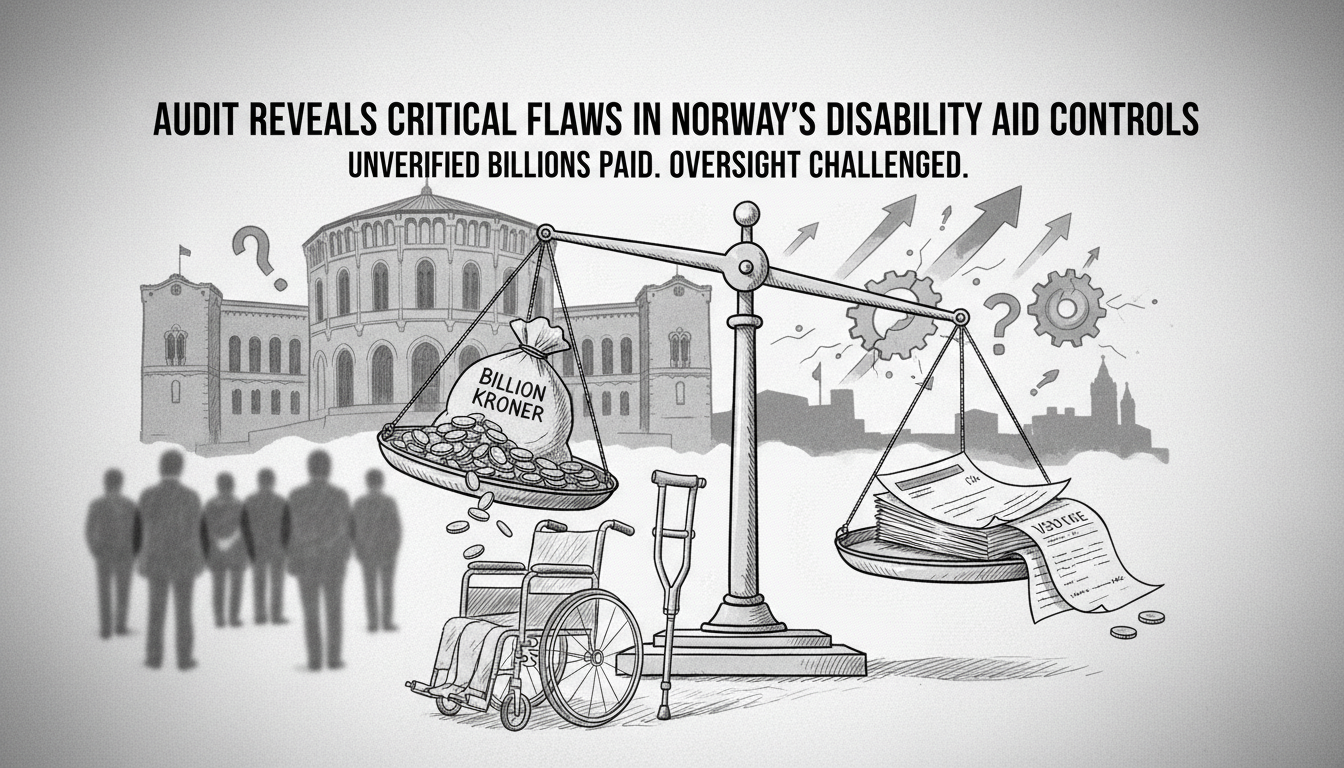Norway's national audit office has uncovered serious deficiencies in how the country's welfare administration handles billions in orthopedic aid payments. The agency paid out 2.6 billion Norwegian kroner for orthopedic devices but checked only 0.6 percent of invoices before payment.
The audit report describes the control system as critically inadequate. It fails to meet requirements in both the National Insurance Act and government financial regulations. Over 2.3 billion kroner was disbursed without any invoice verification at all.
Compensatory measures implemented by the agency do not adequately address these fundamental control gaps. The welfare administration has repeatedly paid for medical devices before formal approval decisions were made. In some cases, payments occurred even after applications had been officially rejected.
The audit also highlights that the agency rarely verifies whether repair costs are legitimate. Officials have not demanded repayment for incorrectly disbursed support funds despite clear evidence of overpayments.
This situation raises serious questions about financial stewardship within Norway's extensive welfare system. The country maintains one of Europe's most comprehensive social safety nets, funded through high tax rates. Citizens expect rigorous financial controls to match this substantial public investment.
The Labor and Inclusion Ministry now faces pressure to oversee improvements in the agency's control systems. Ministry officials must consider implementing better internal monitoring frameworks.
Norway's welfare model depends heavily on public trust in efficient administration. Recent years have seen multiple reports of benefit overpayments and system vulnerabilities. This latest audit suggests fundamental control weaknesses persist despite previous warnings.
International observers note that Scandinavian countries typically score high on government transparency indexes. This case presents a notable exception to that pattern. The findings could influence ongoing debates about welfare spending efficiency across Nordic countries.
What happens when a system designed to help vulnerable citizens lacks proper financial oversight? The audit provides a clear answer: substantial public funds risk being misspent without adequate safeguards. The agency now faces the challenging task of rebuilding control systems while maintaining service delivery to disabled Norwegians.

